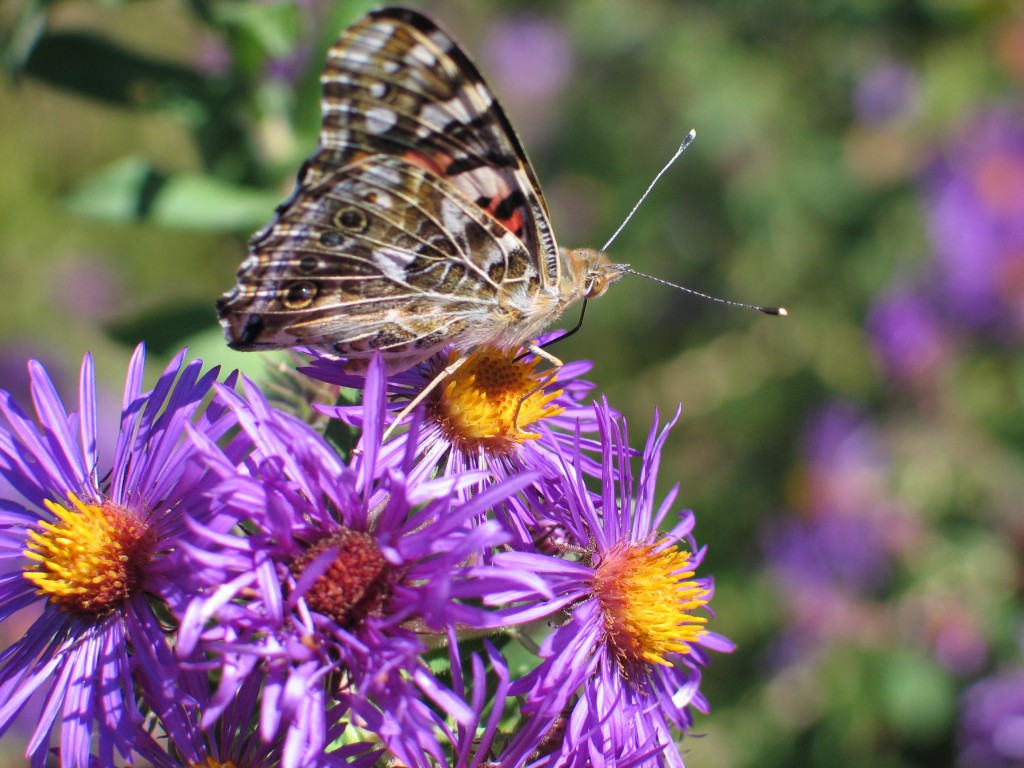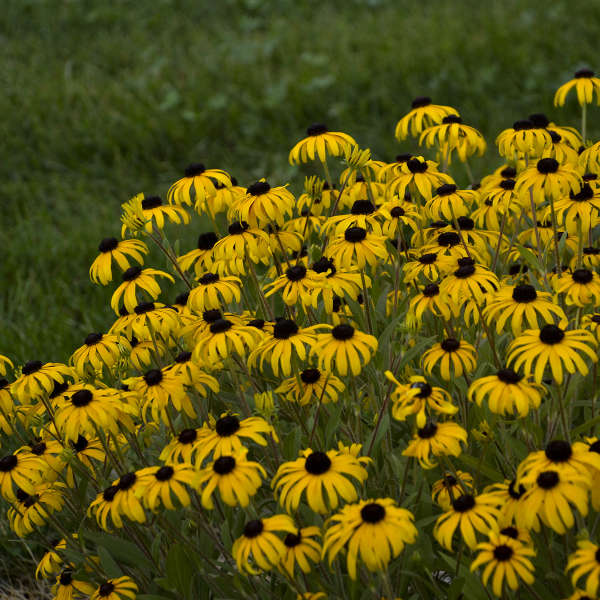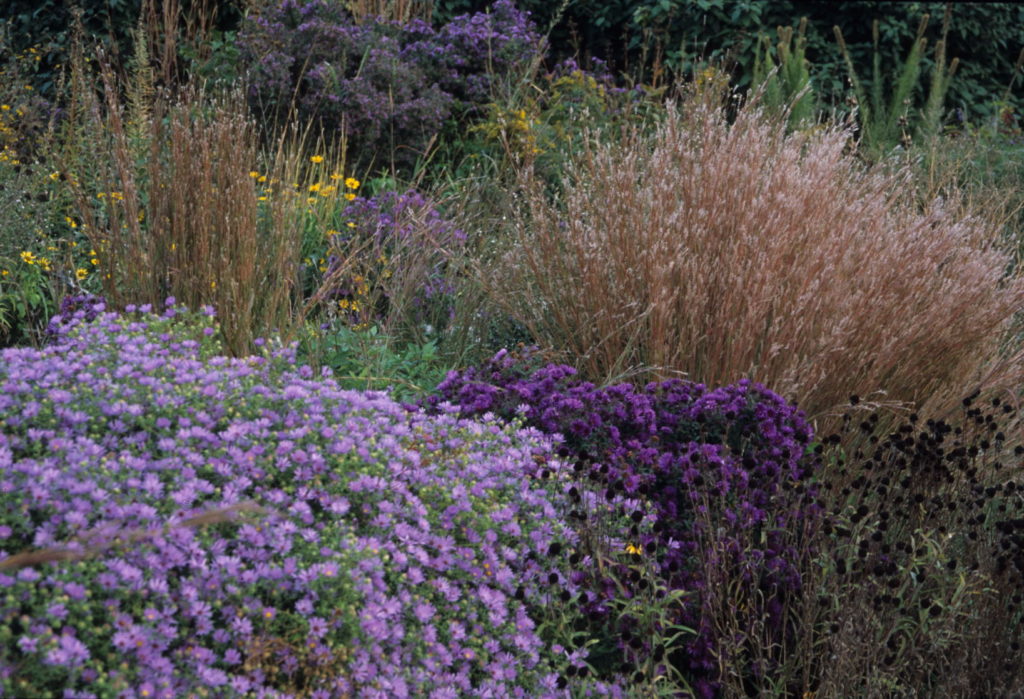One of the hottest trends in horticulture is planting for pollinators. In tending our gardens, we all want to do our part to make it easier for butterflies, bees, and other winged friends to find the plants they need for survival.
September is a great time to plant wildflowers. If you keep pollinators in mind as you plant, they will come. Try a few of these summer and late-season wildflowers in your landscape. They are pollinator-magnets.
Rigid Goldenrod
Goldenrods get a bad rap. They don’t cause hay fever. However, they do attract all sorts of wildlife to their bright yellow flowers in late summer.

Aromatic Aster ‘Raydon’s Favorite’ and ‘October Skies’
This is one of my favorite asters. They each have nice lavender flowers in late-September into October. These plants are abuzz with activity as pollinators seek the last sips of nectar before migrating or hibernating for the winter.

Swamp Milkweed
This milkweed is vital to monarchs as they migrate back south to Mexico. The pink blooms appear at the right time to provide the energy they need to complete their journey.

New England Aster
This wildflower prefers a medium to moist soil. The dark purple to pink flowers attract tremendous diversity of pollinators to the flowers in fall. I like variety ‘Purple Dome’ with its shorter habit and dark purple flowers.

Coneflowers
There are so many varieties of coneflowers. I love the new colors but have really come to appreciate the true native species Narrow-leaf coneflower, Pale purple coneflower, Yellow purple coneflower and Purple coneflower. The rounded cones make perfect landing pads for all sorts of insects searching for pollen.

Black-eyed Susan
This easy to grow wildflower is one of the best pollinator plants. The yellow flowers with the dark center attract a host of pollinators in including Great Spangled Fritillary.

Liatris mucronata
Dotted gayfeather is blooming right now in the arboretum. The lavender spikes lay lower to the ground than other taller forms but these late season wildflowers are still attractive to bees and butterflies of all shapes and sizes.
Native Grasses
Don’t forget the native grasses. Many pollinators overwinter in clumps of grasses such as little bluestem and switchgrass. Besides their beautiful fall color, these denizens of the prairie provide great texture and structure in the winter garden, too.

